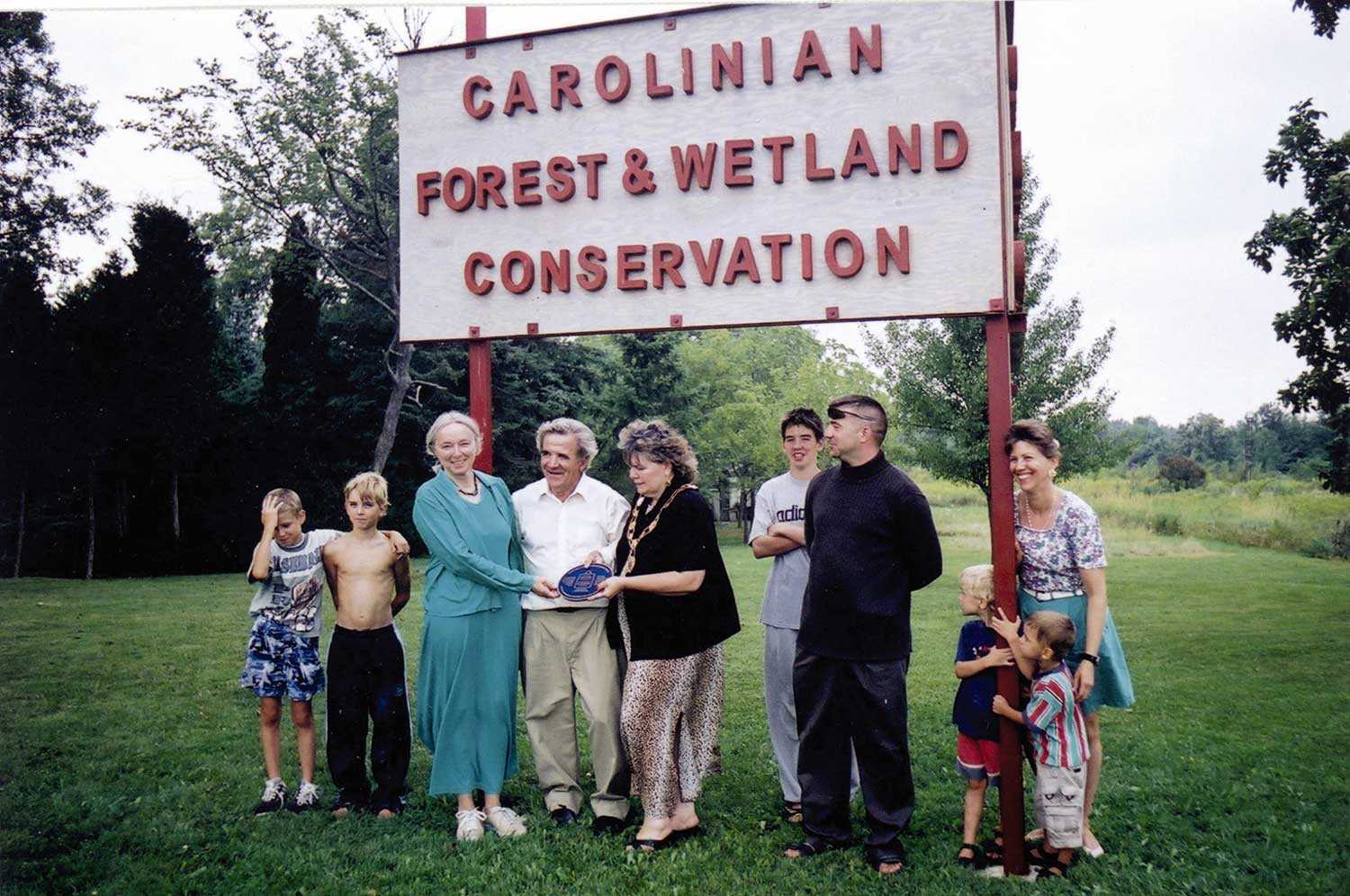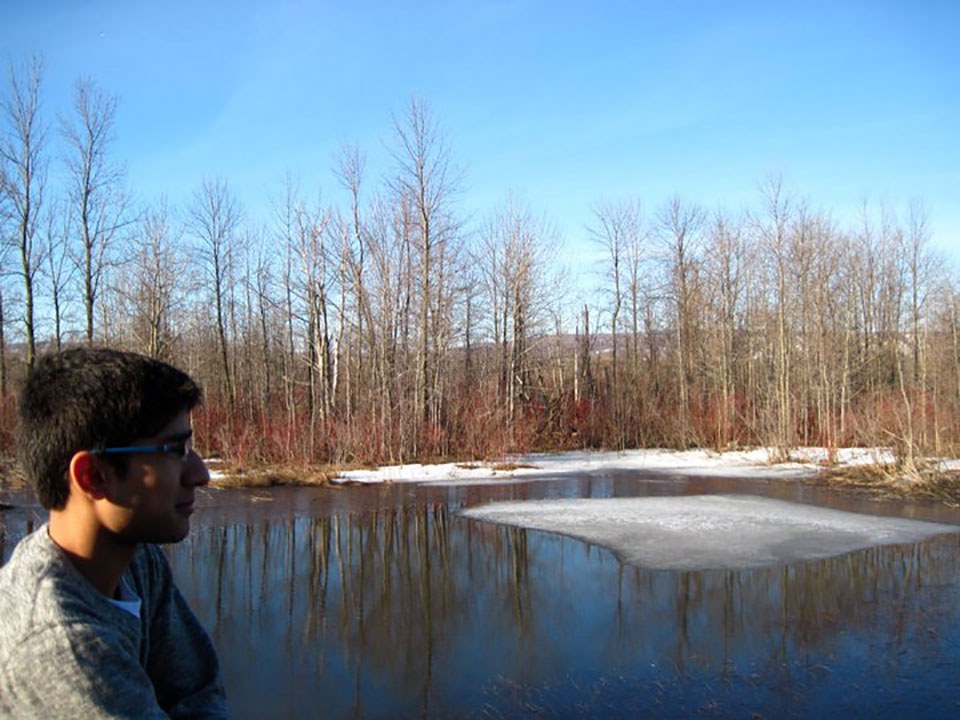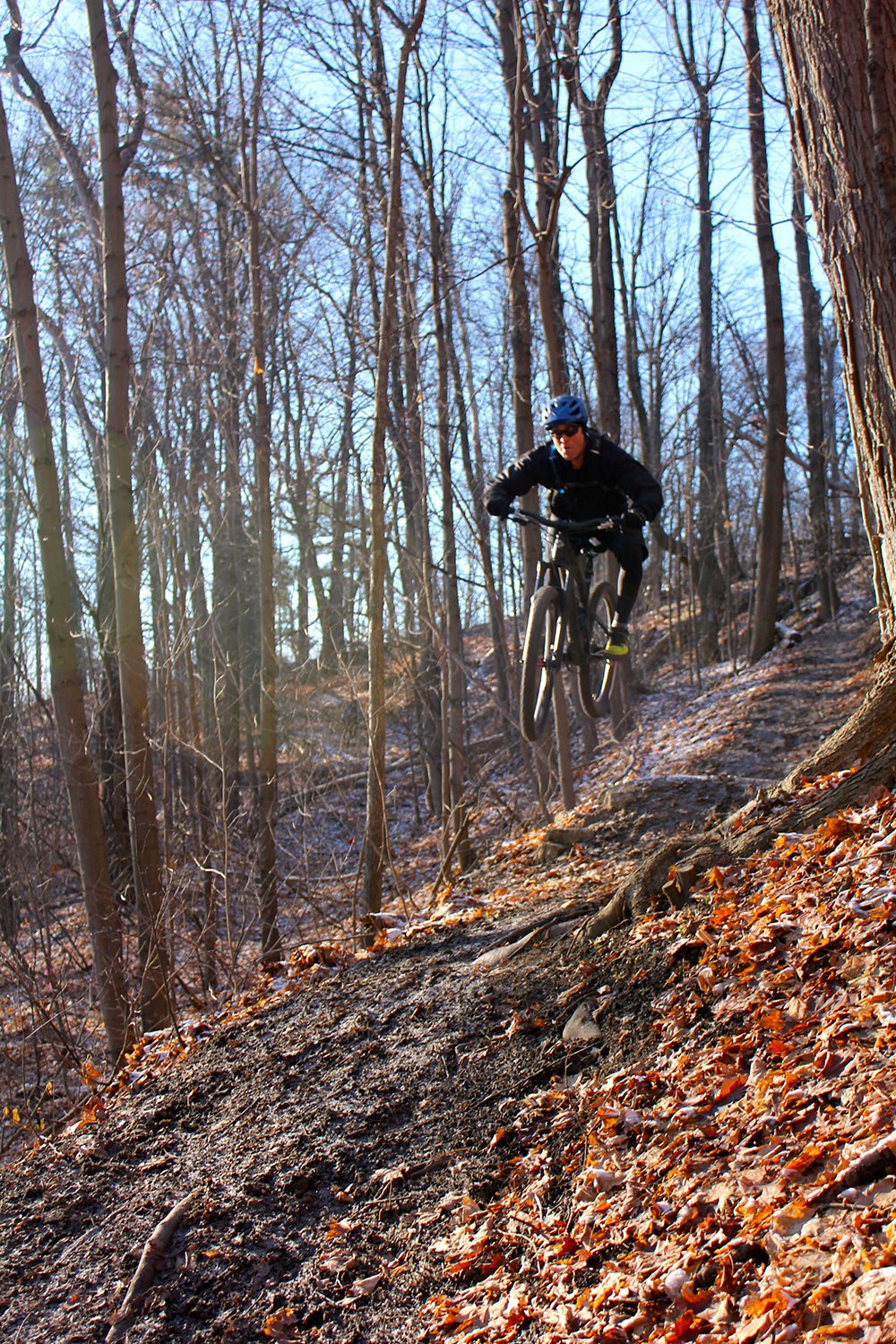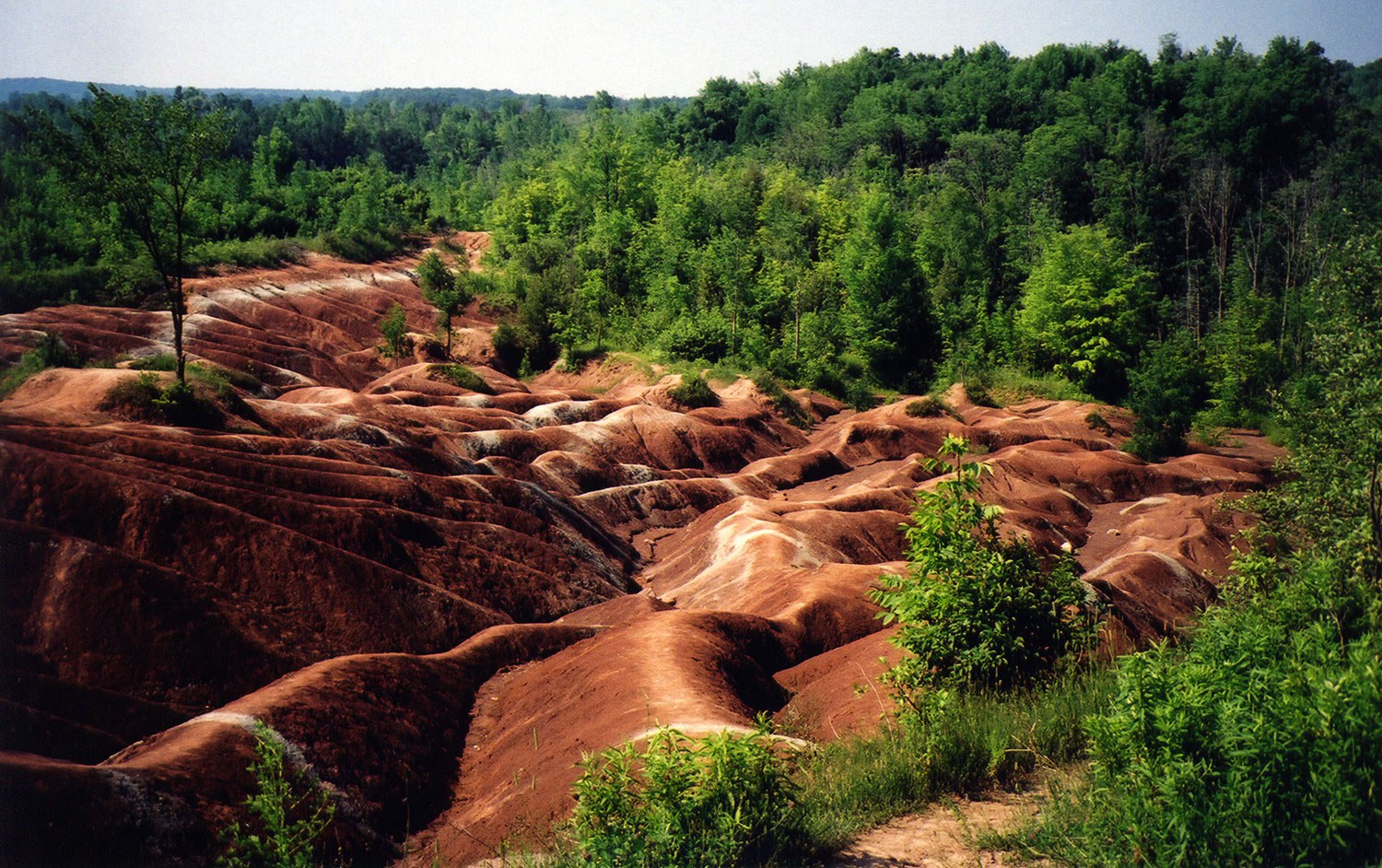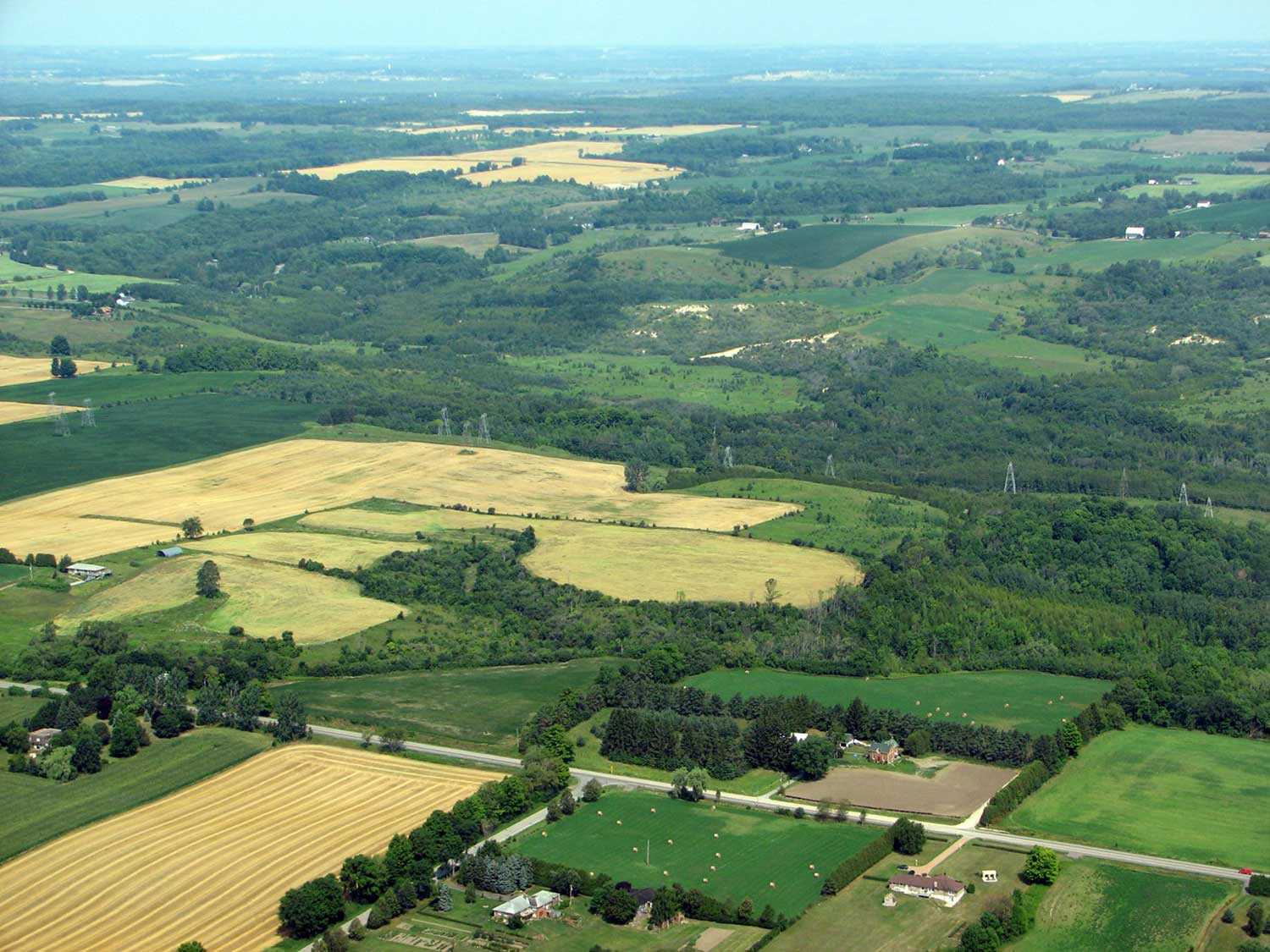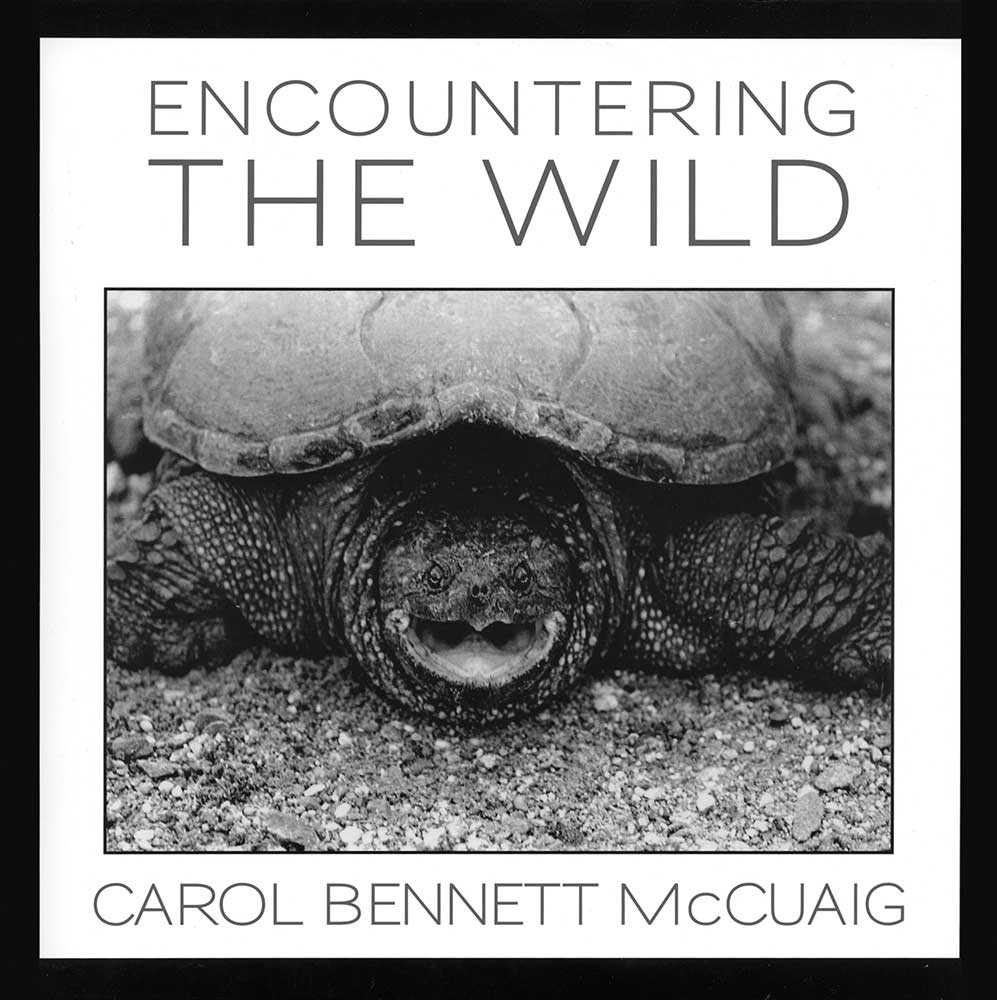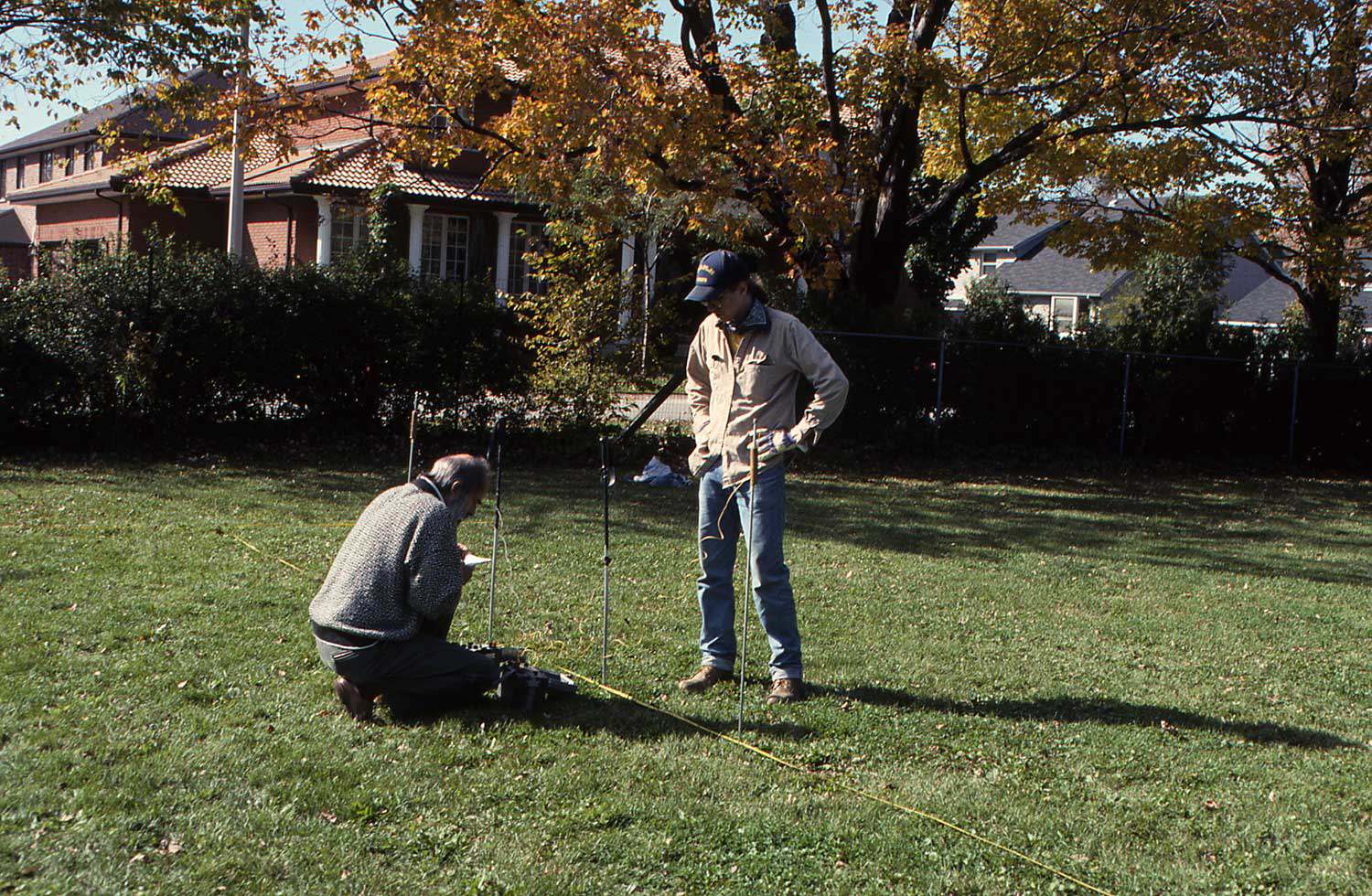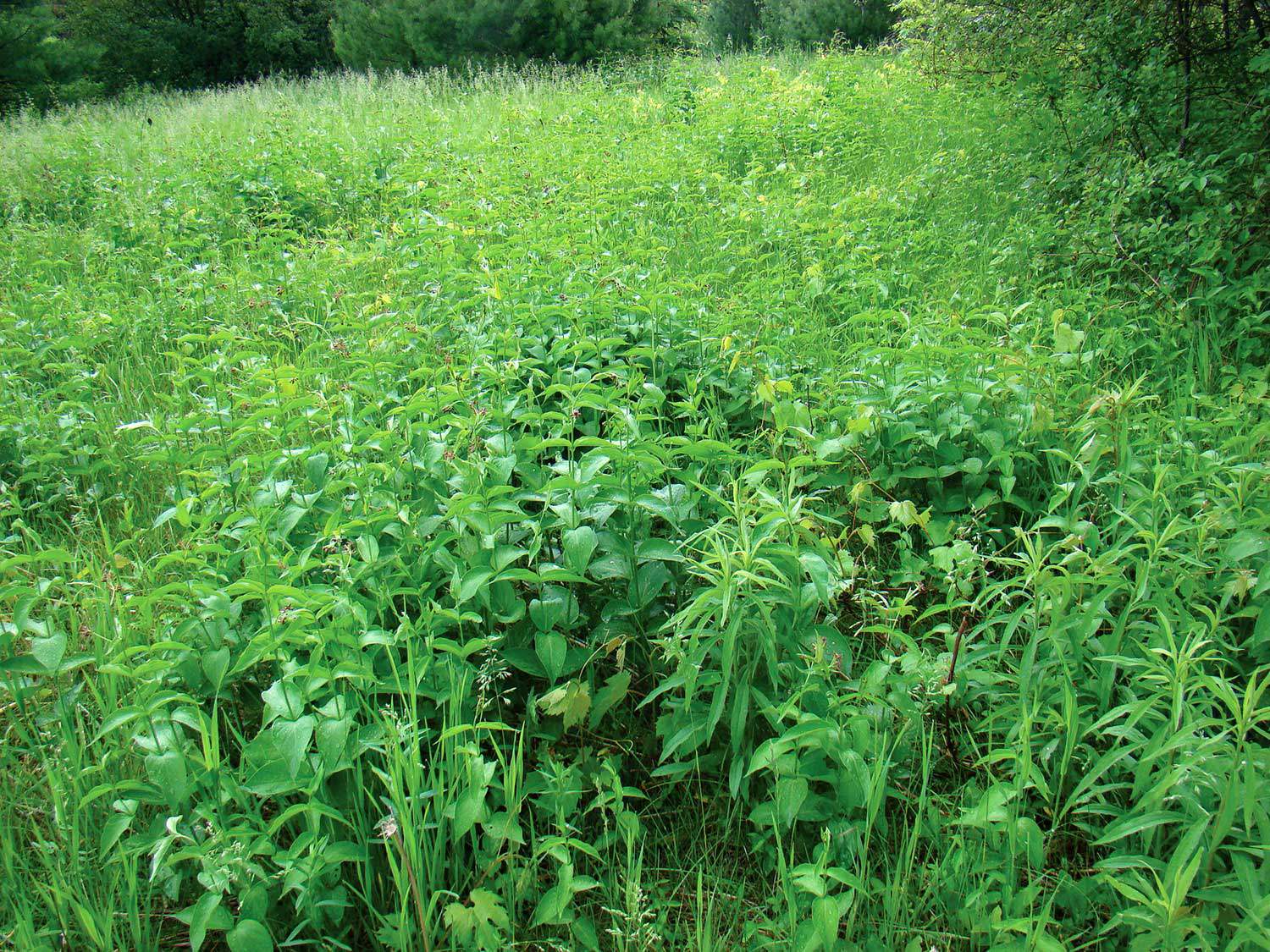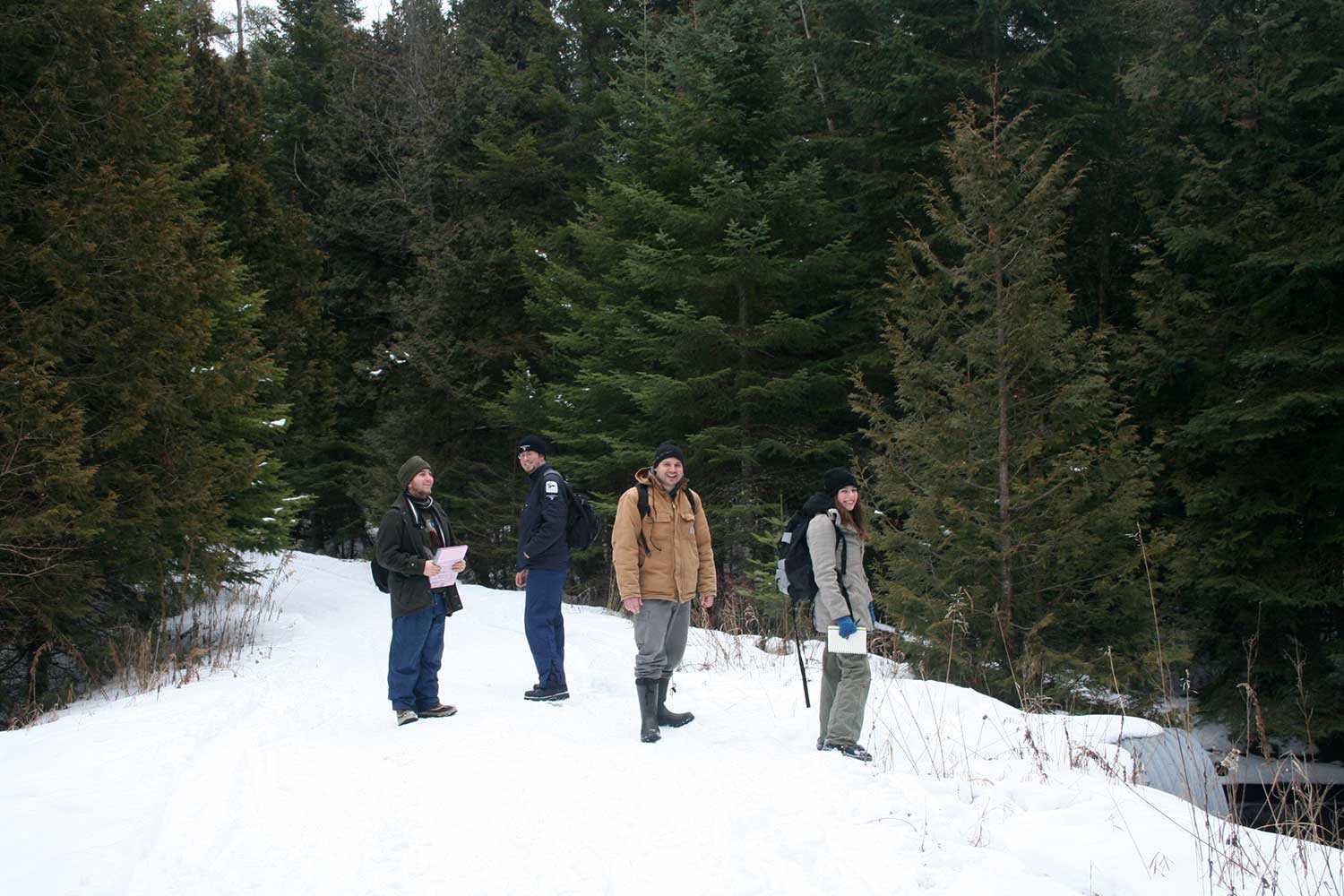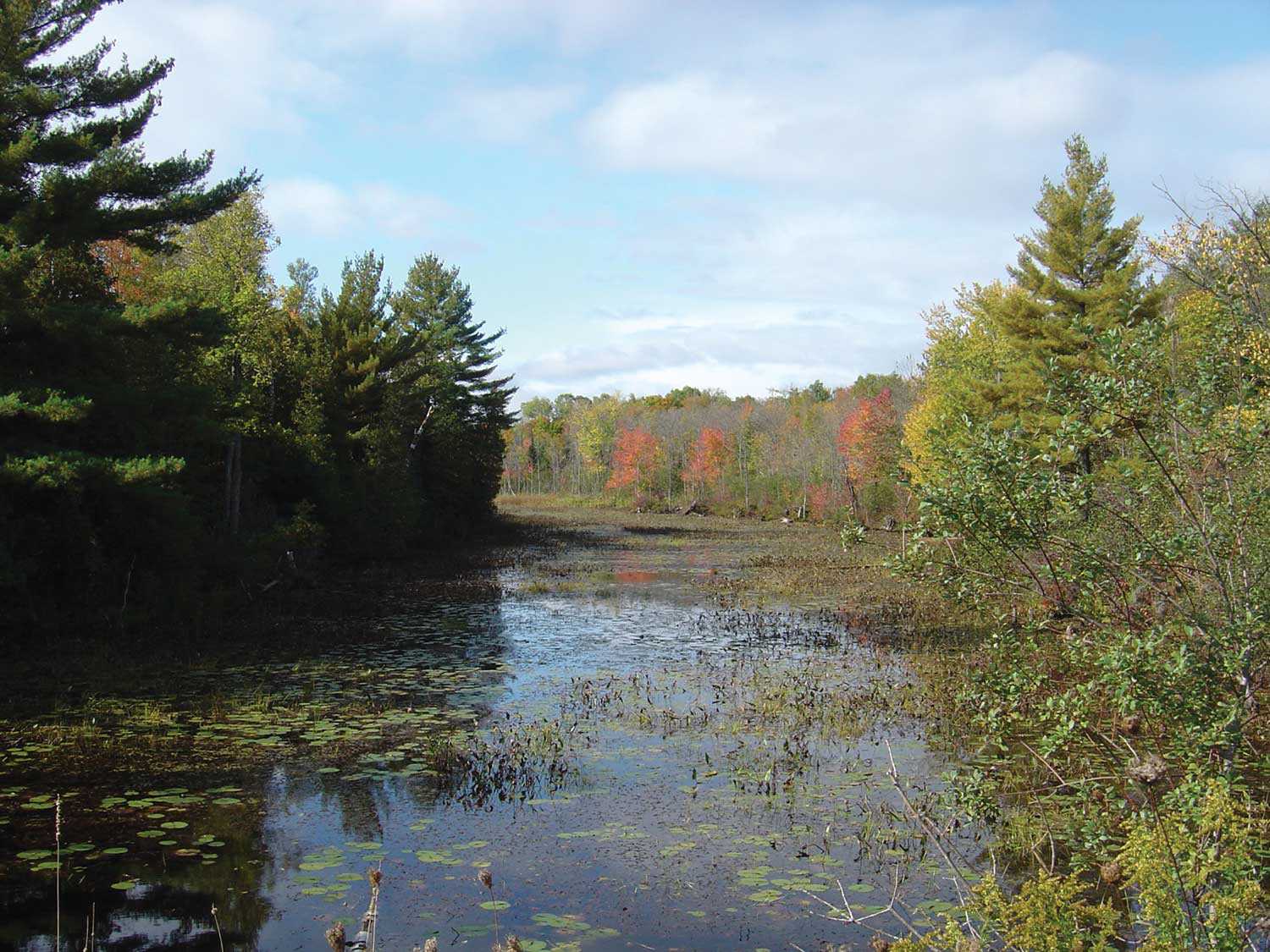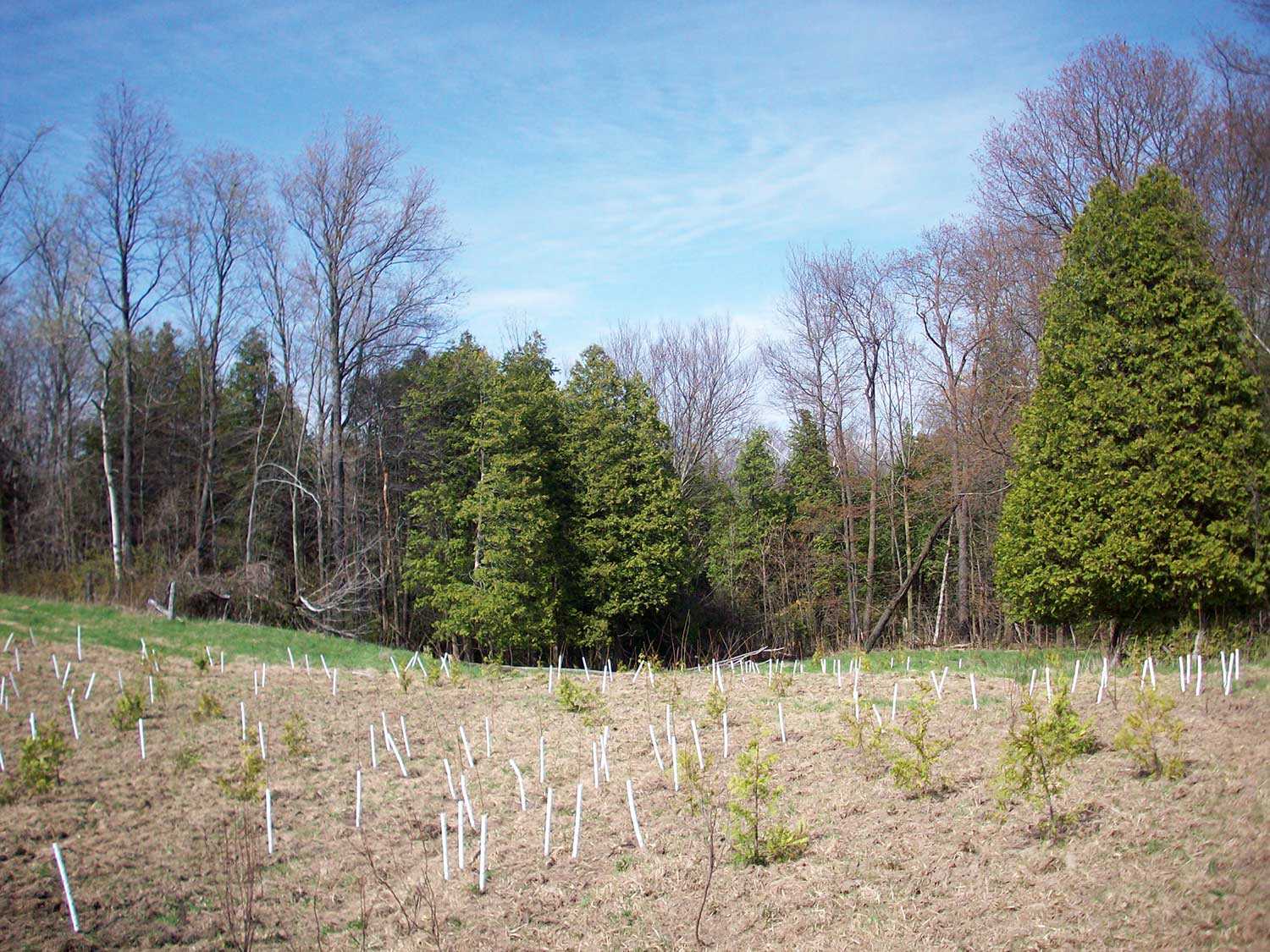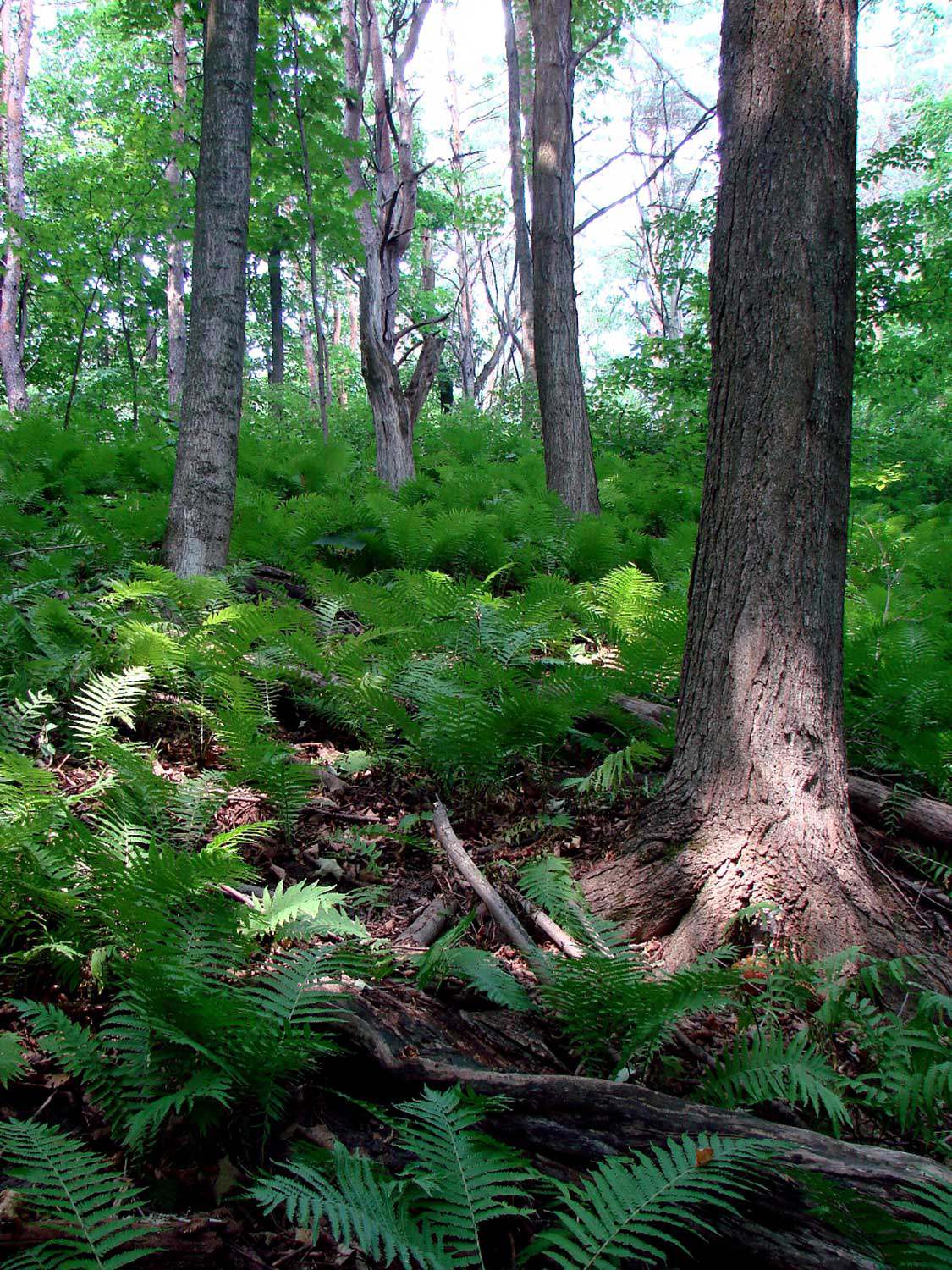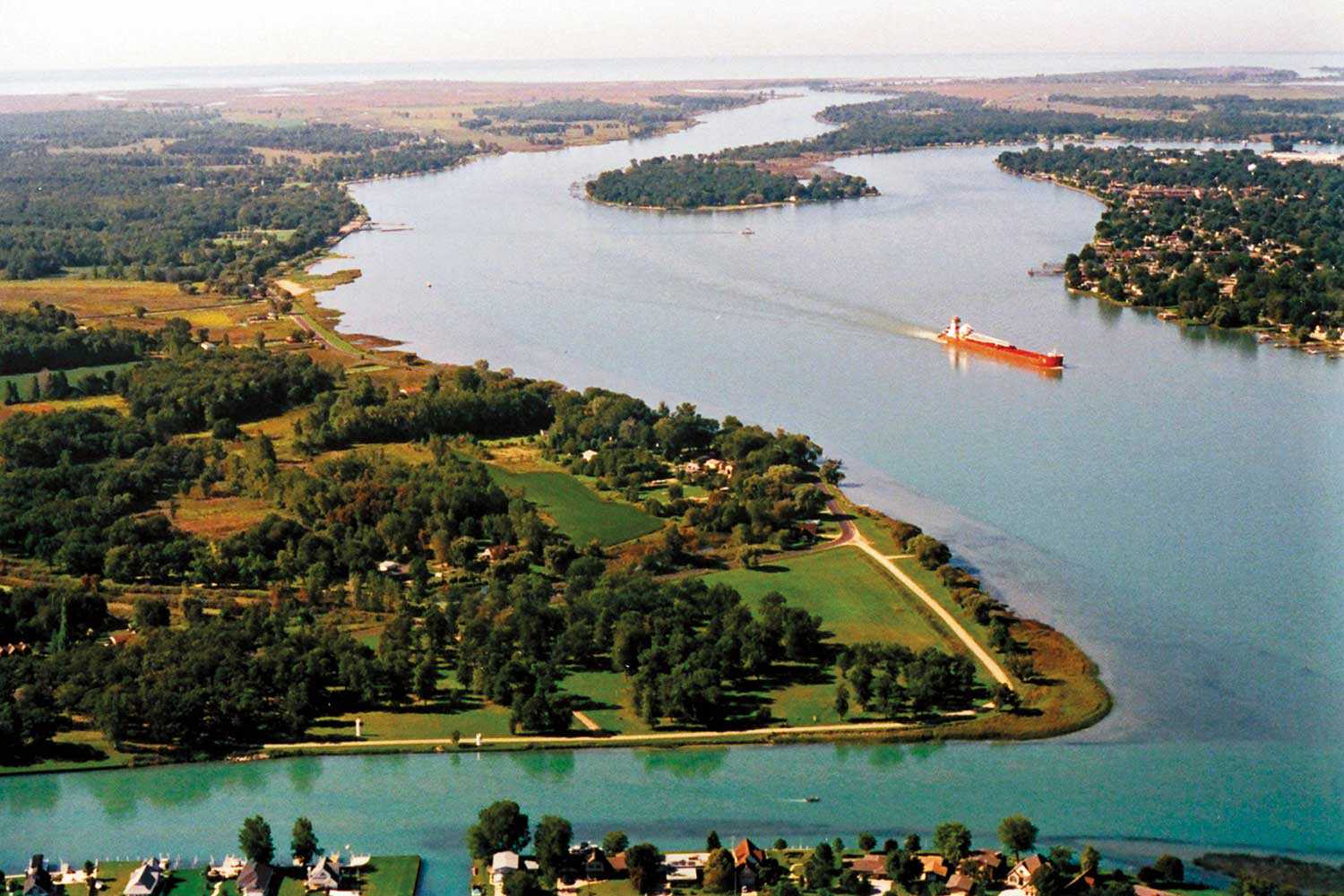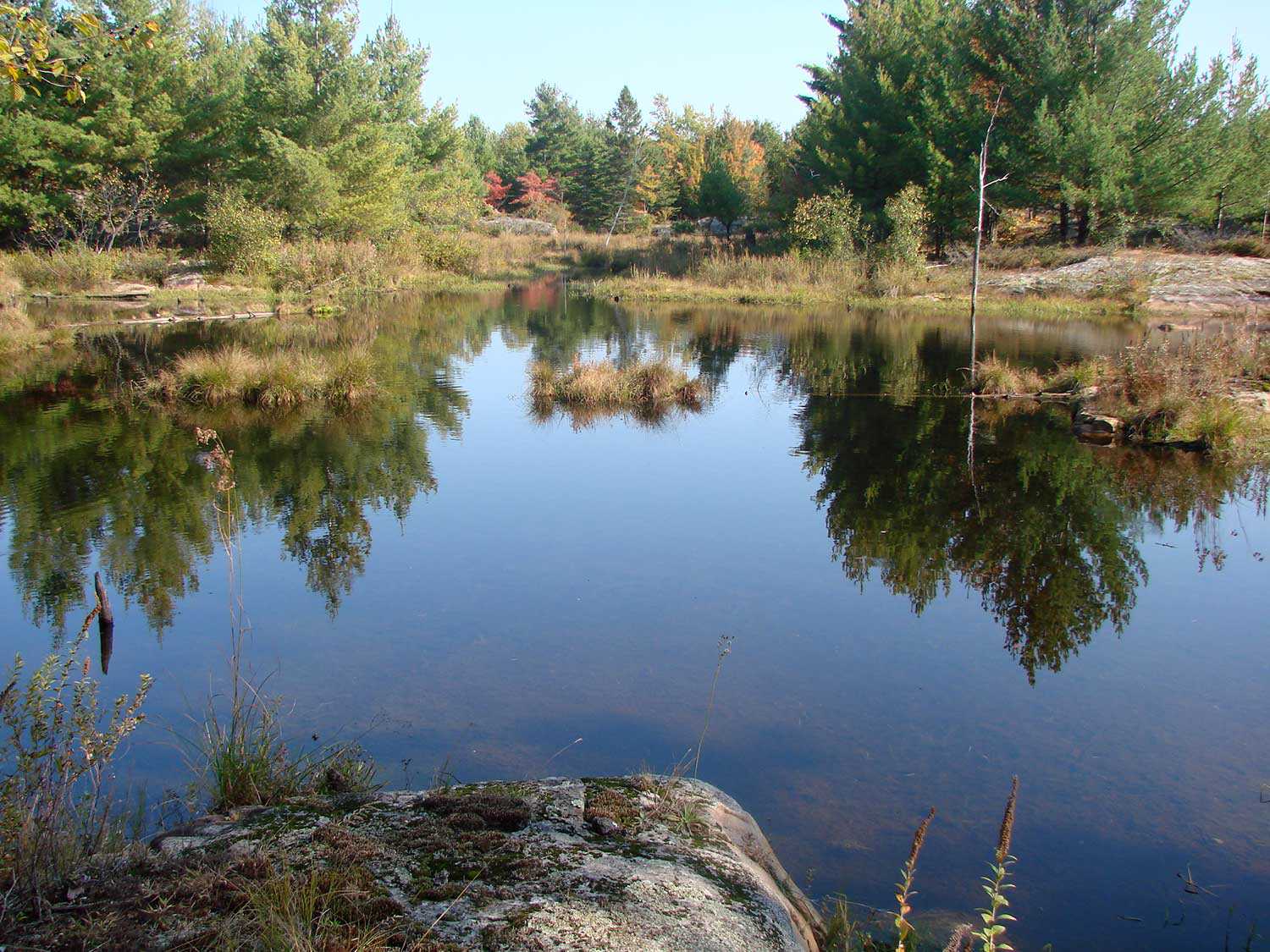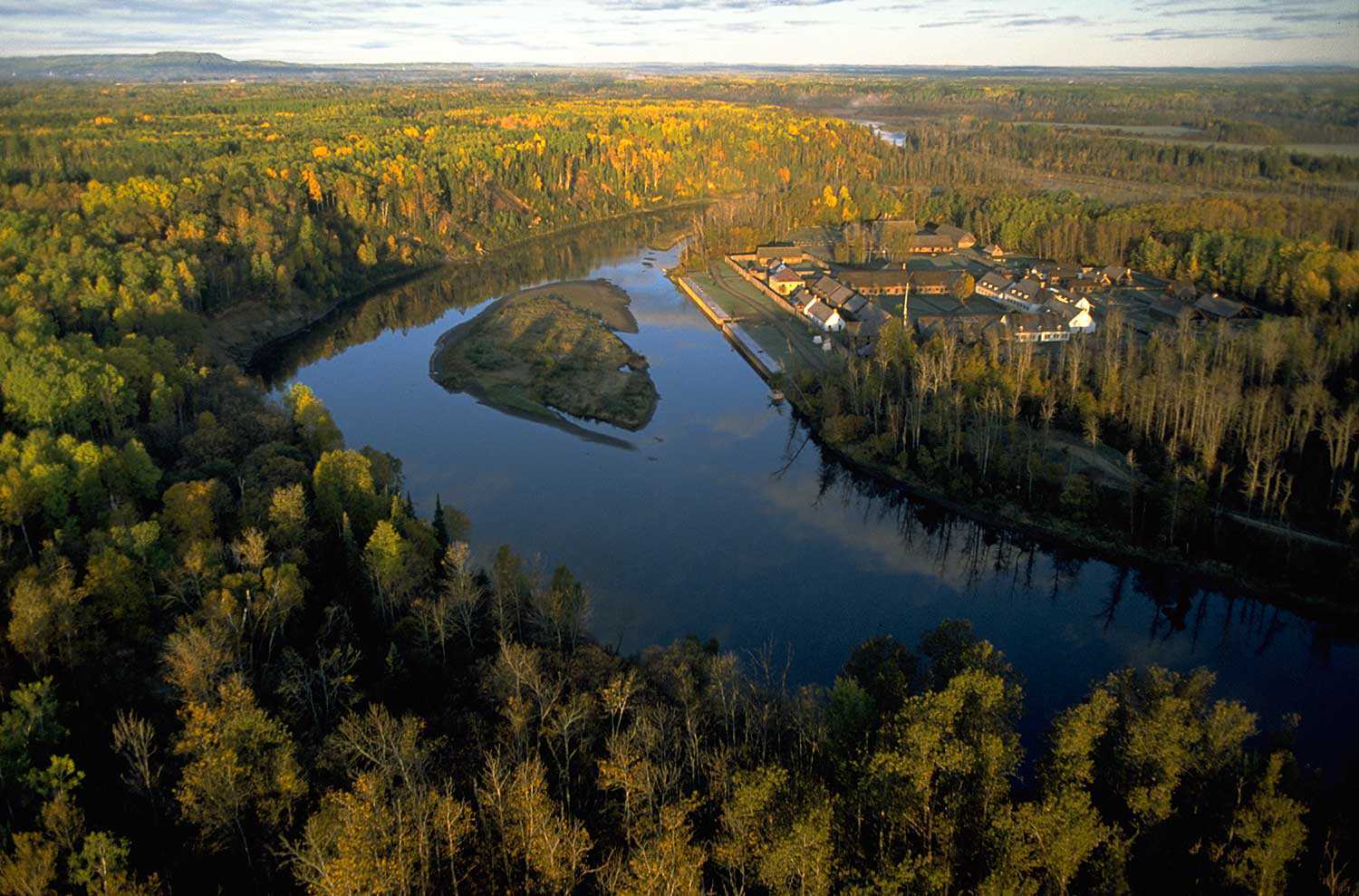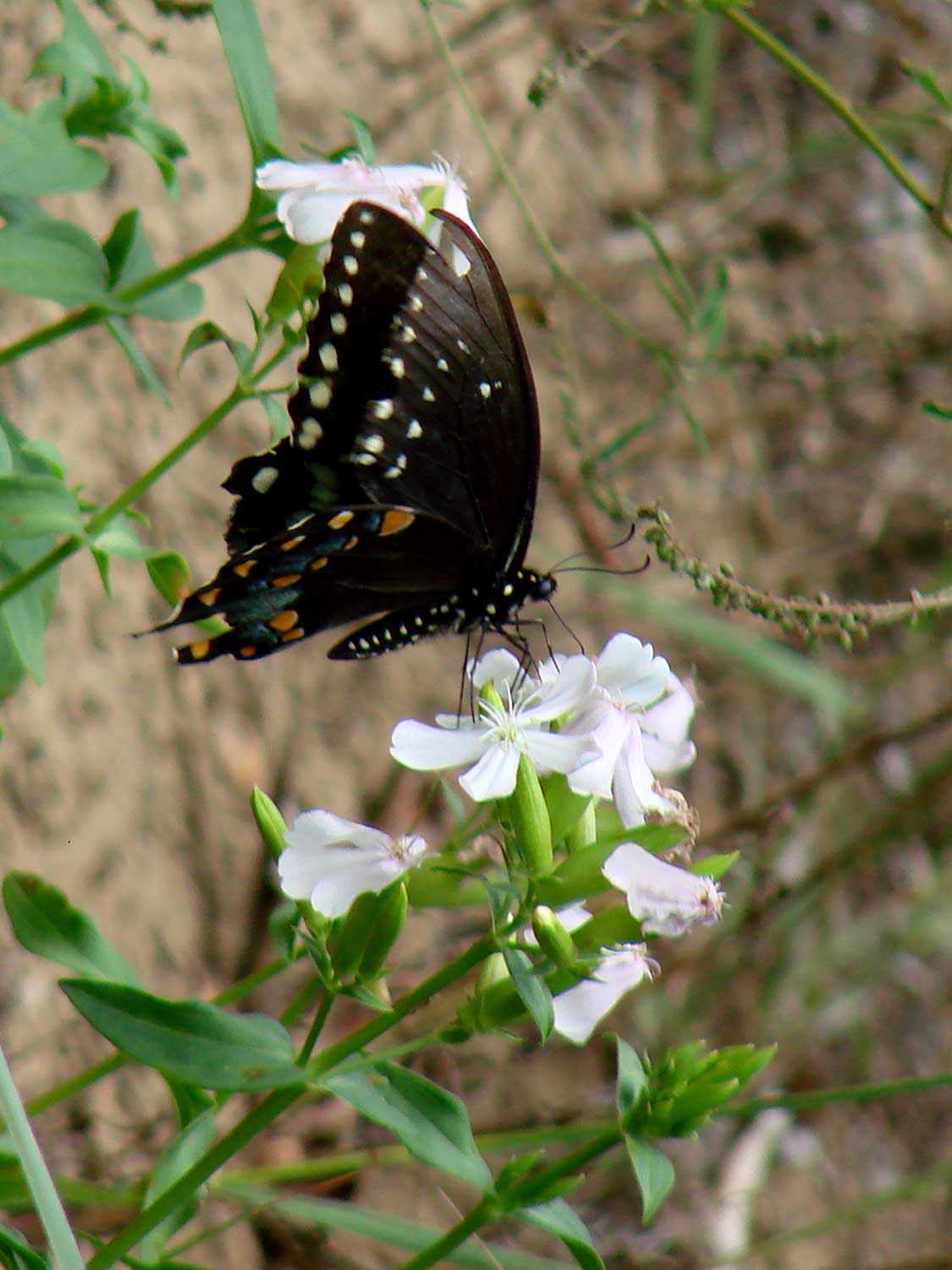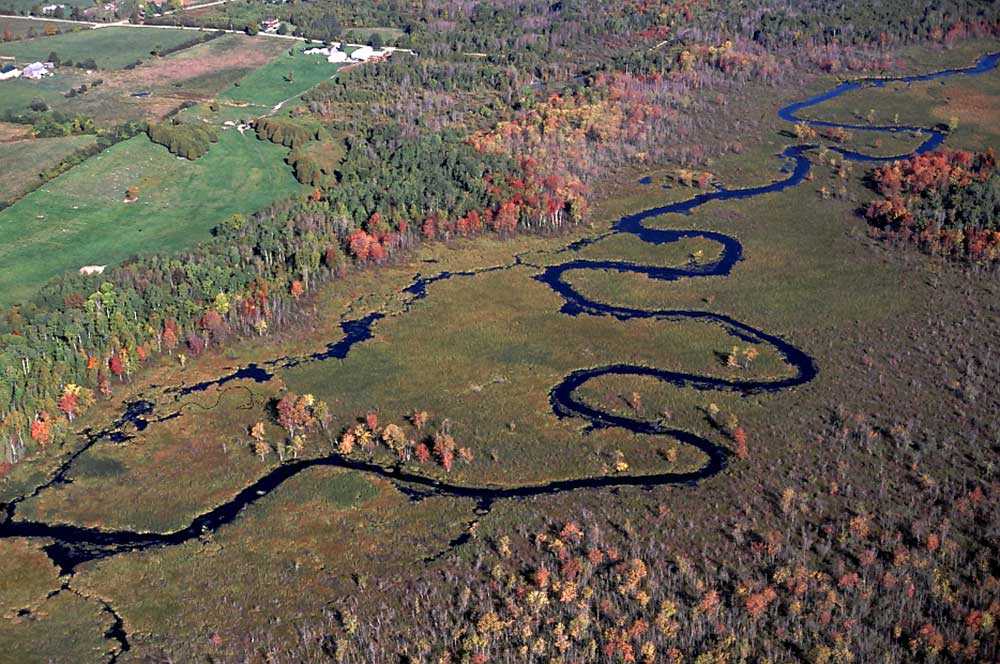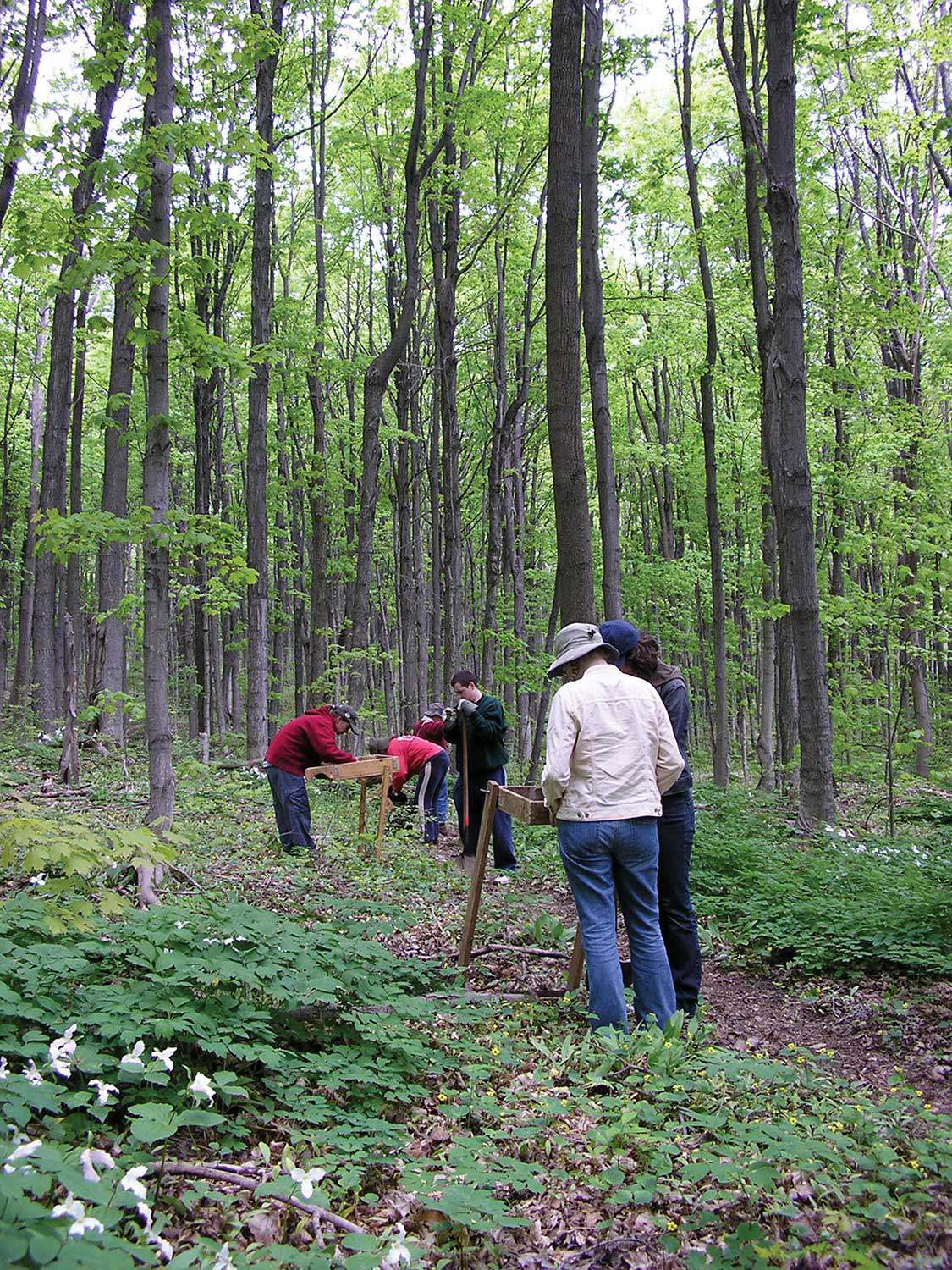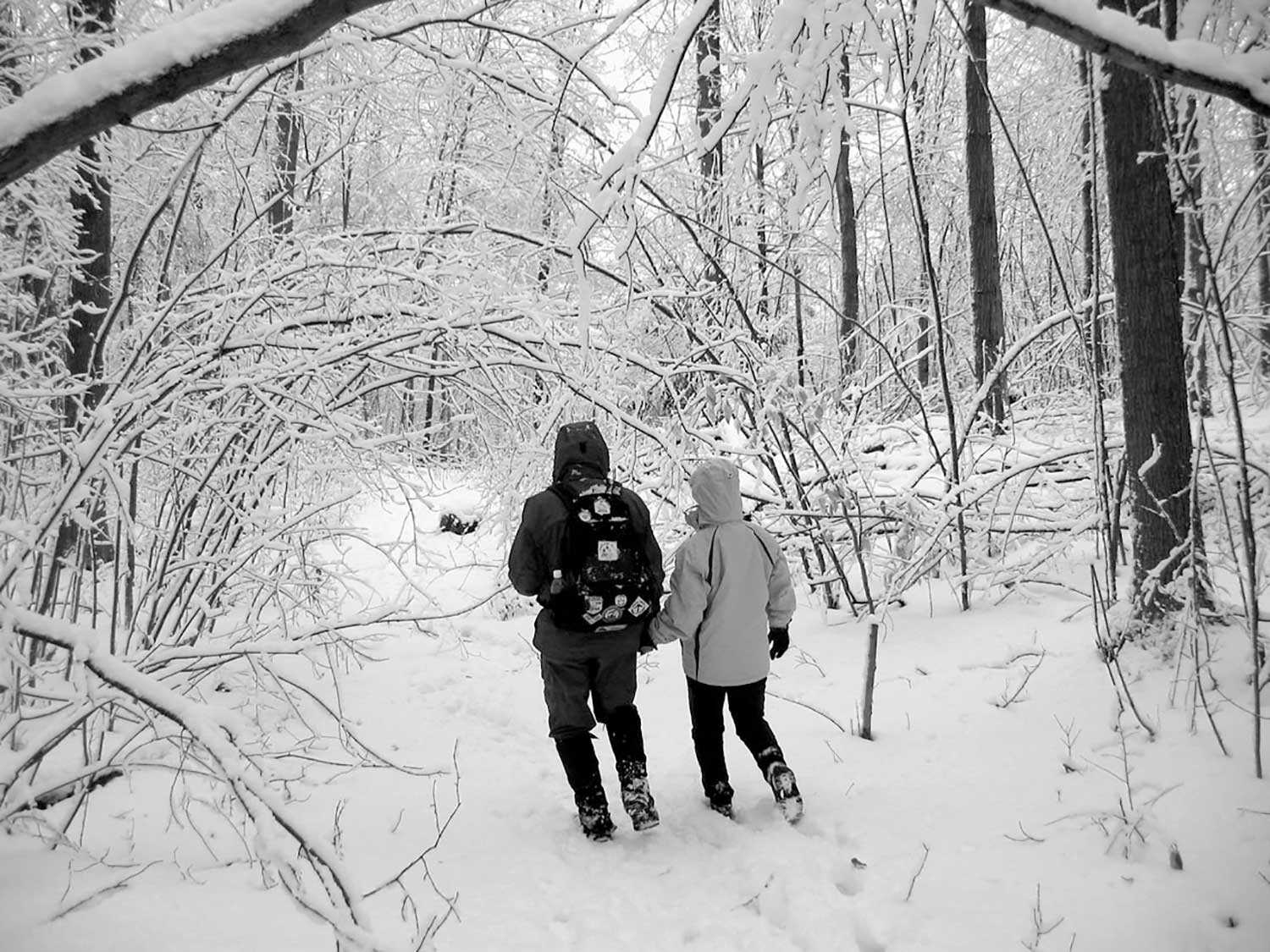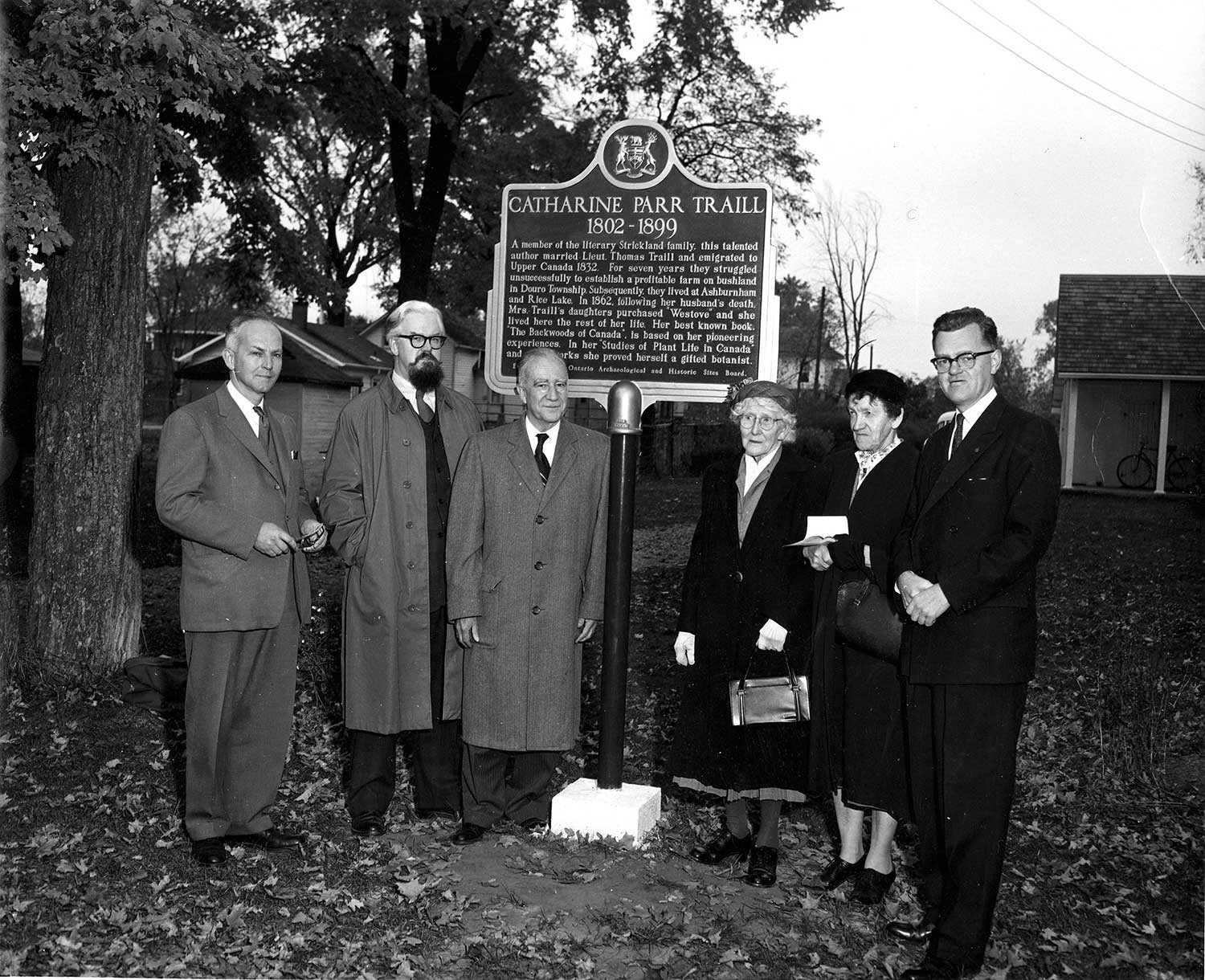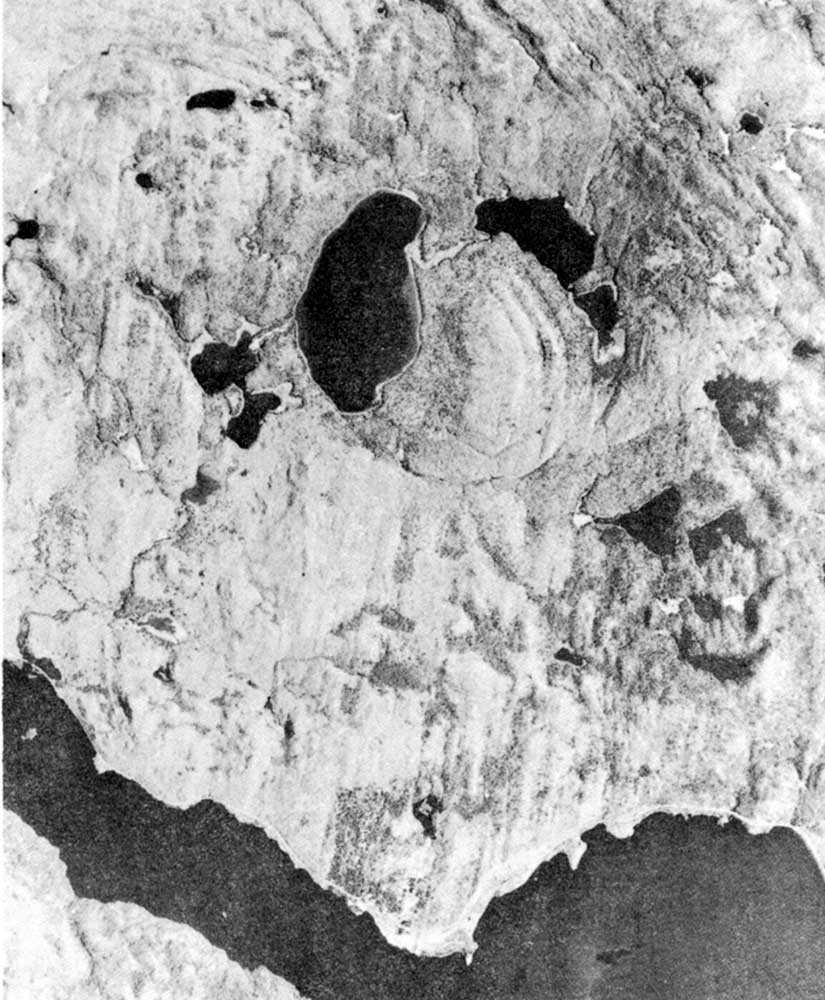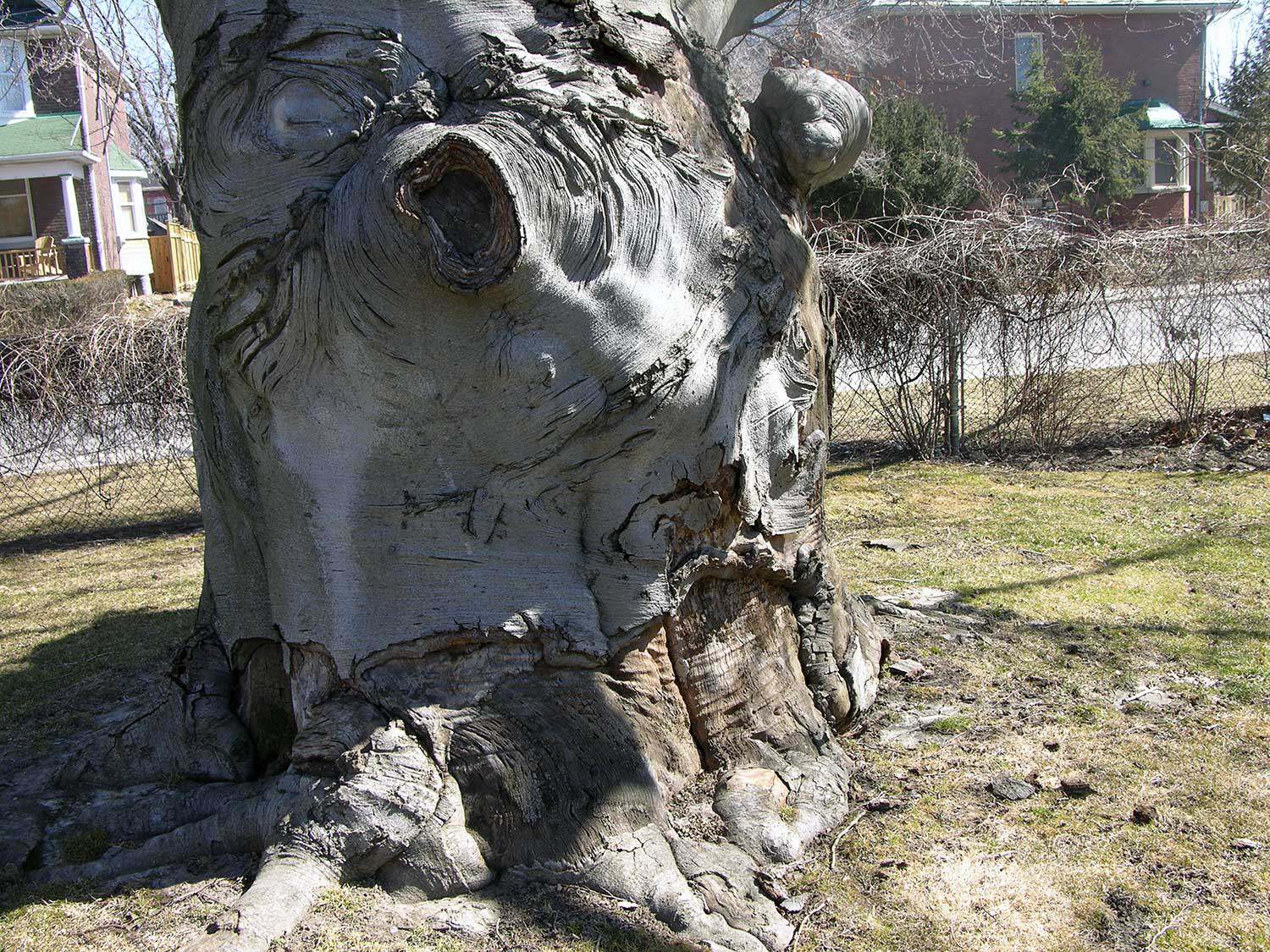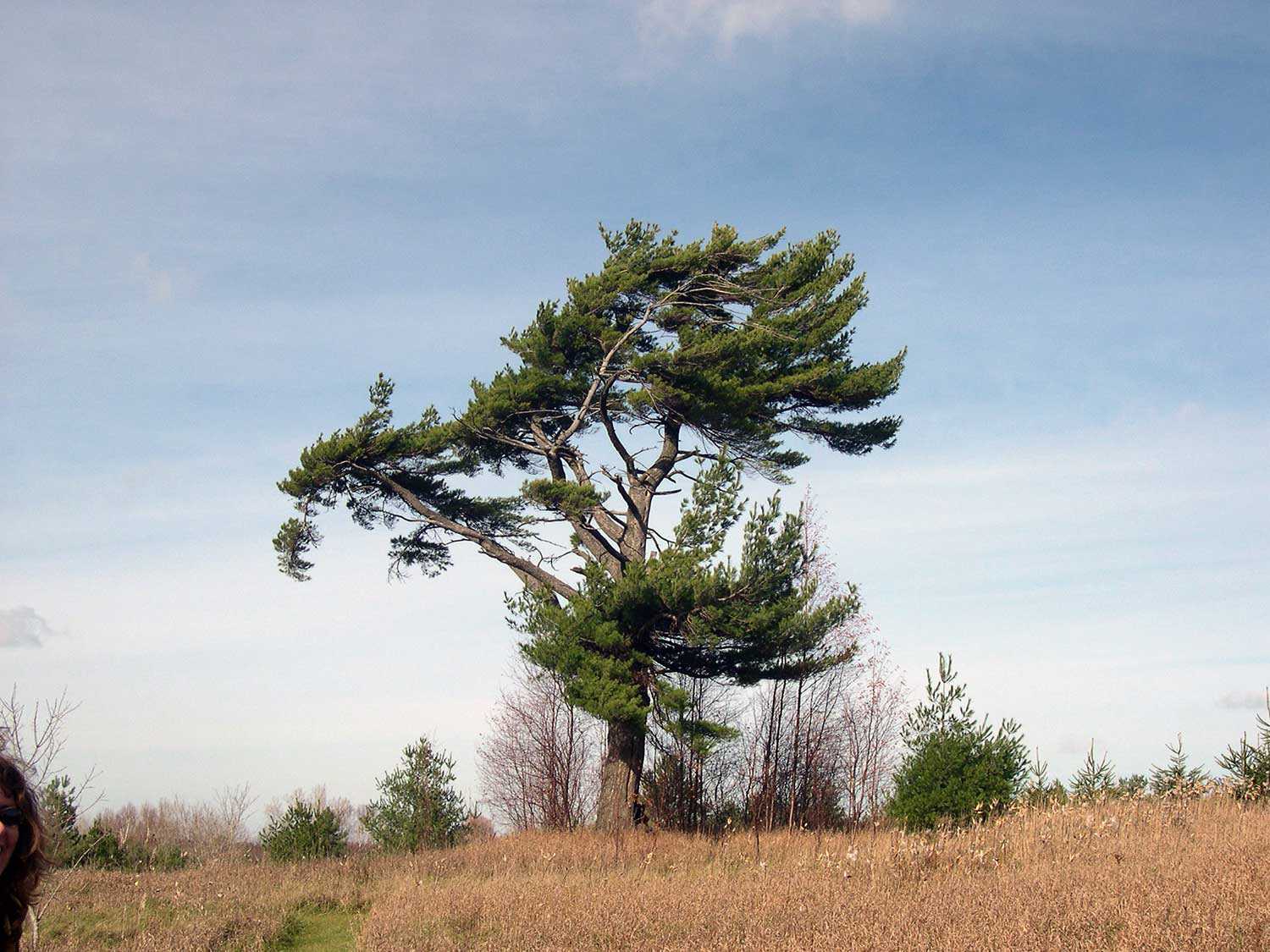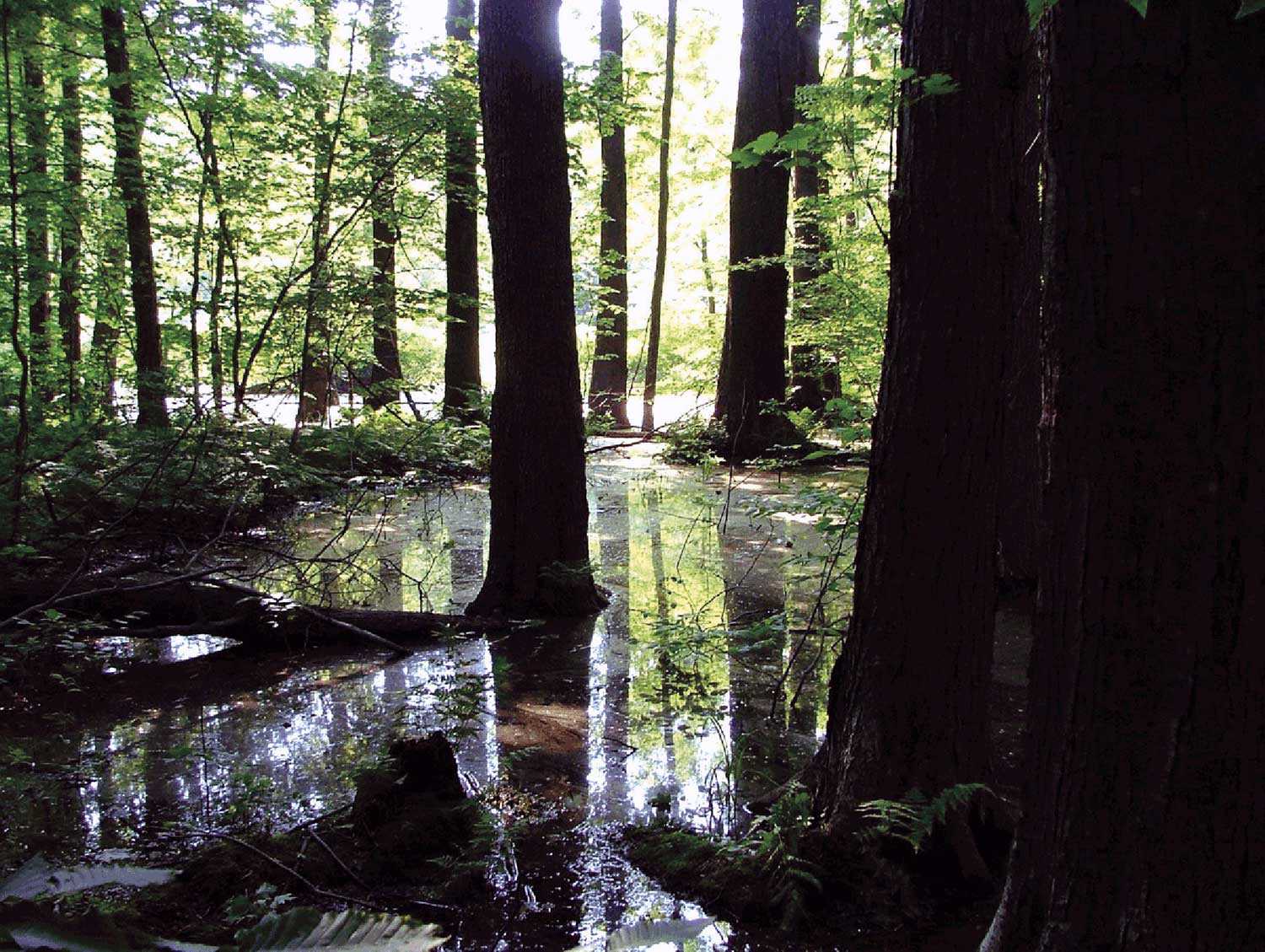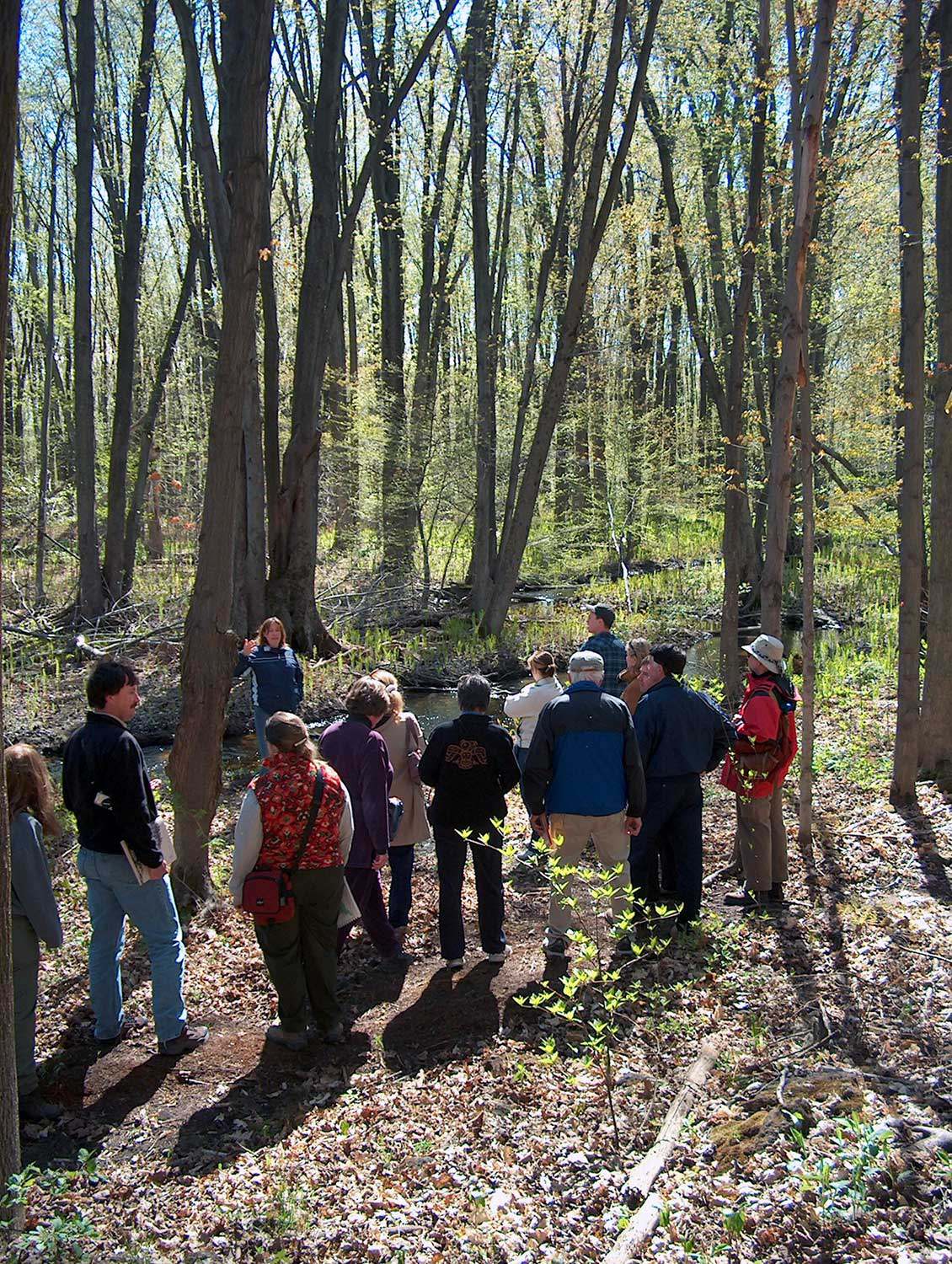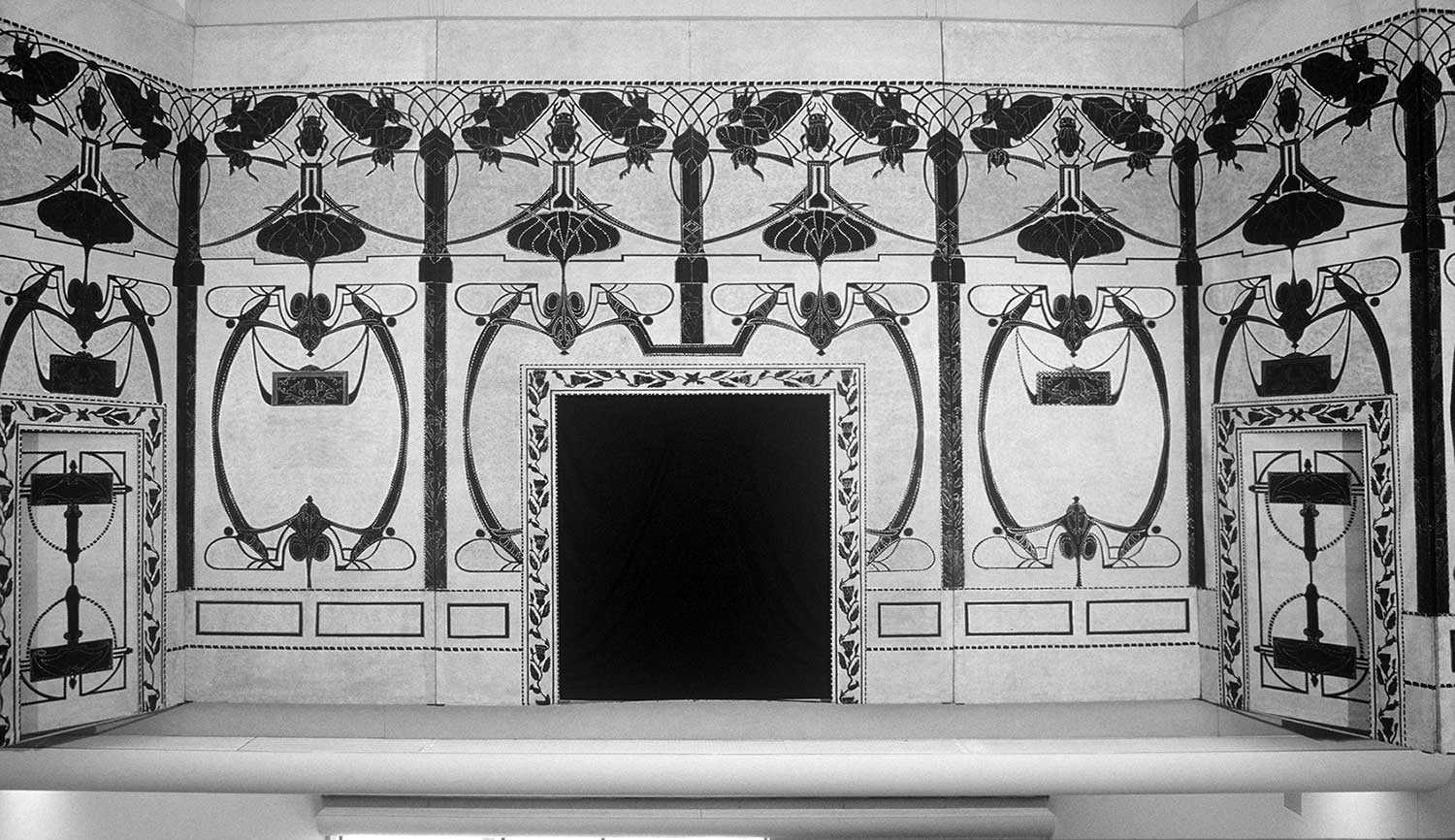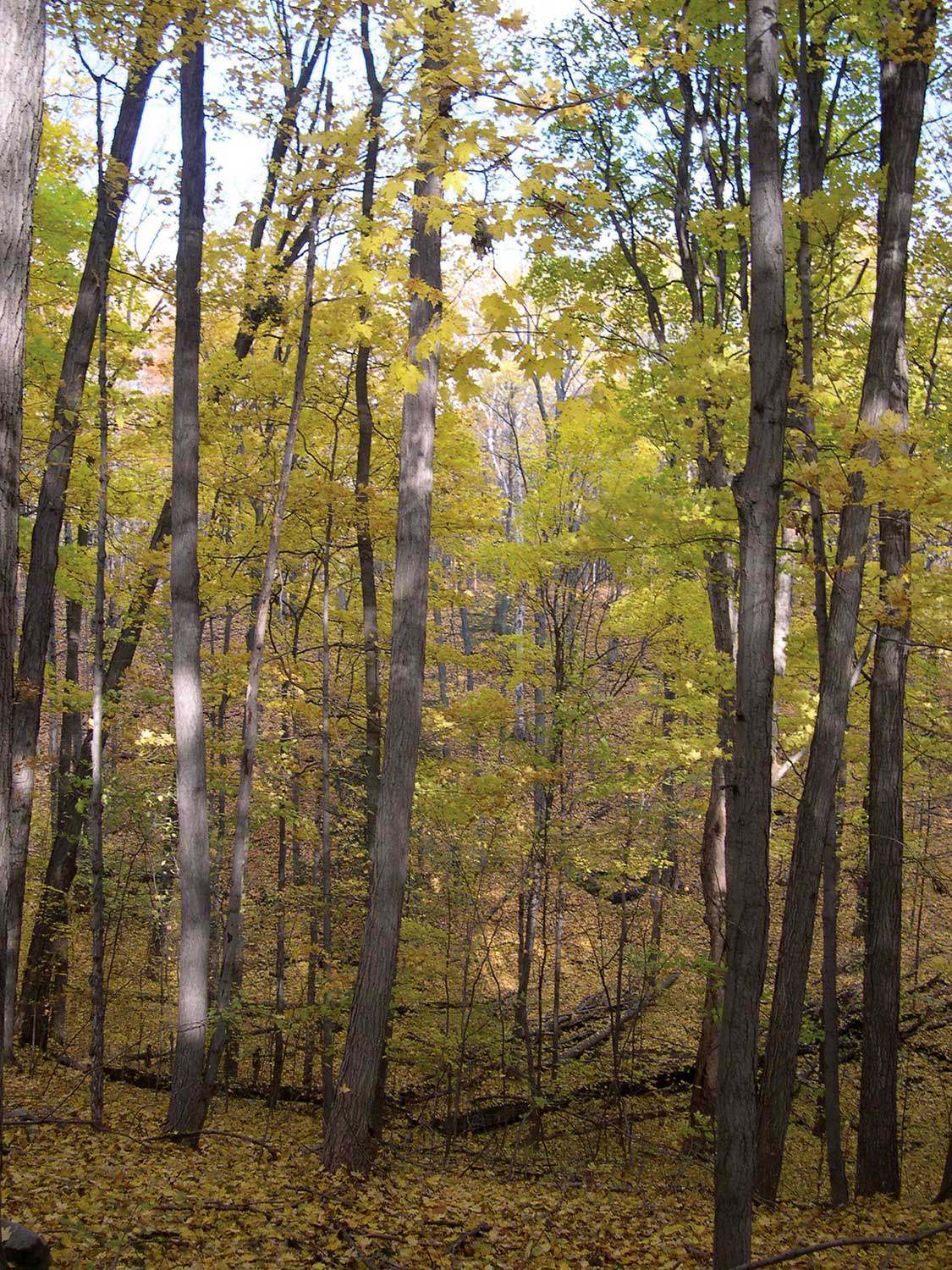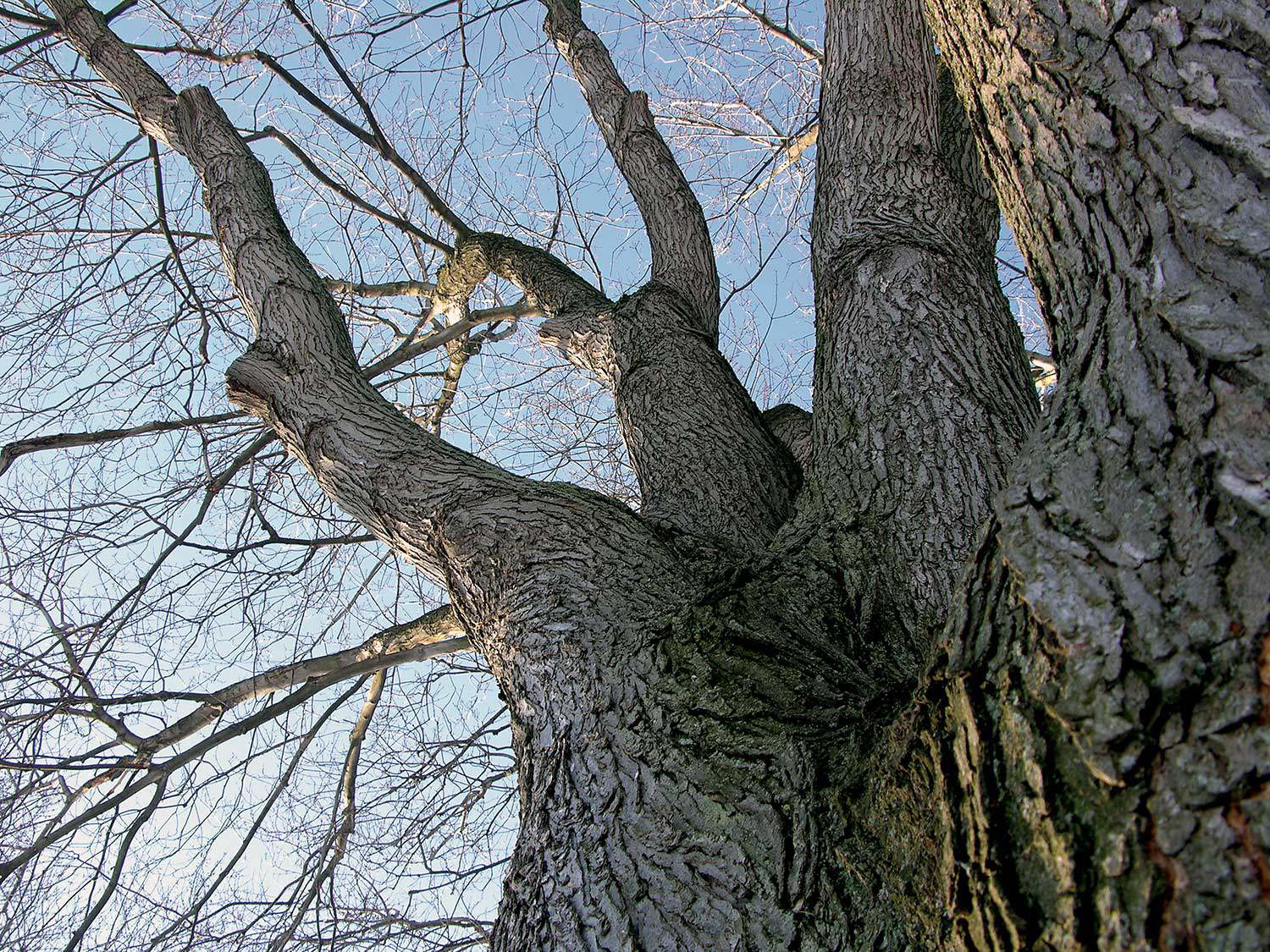

Browse by category
- Adaptive reuse
- Archaeology
- Arts and creativity
- Black heritage
- Buildings and architecture
- Communication
- Community
- Cultural landscapes
- Cultural objects
- Design
- Economics of heritage
- Environment
- Expanding the narrative
- Food
- Francophone heritage
- Indigenous heritage
- Intangible heritage
- Medical heritage
- Military heritage
- MyOntario
- Natural heritage
- Sport heritage
- Tools for conservation
- Women's heritage
The anatomy of a heritage conservation easement: Building the framework for a conservation partnership
Private landowners are often faced with a difficult dilemma – how to preserve the heritage of their land for future generations in a world where change is not only constant but continues to accelerate as scientific advances impact every aspect of our daily lives. Fortunately, they are not alone.
There is a growing community of heritage conservation advocates who want to help such landowners meet this challenge. Conservation easements provide a legal mechanism for private landowners to partner with the heritage community to conserve the heritage resources on their property. Easements protect more than just buildings and structural elements. They also protect natural sites, the habitat of a threatened species of animal or plant or cultural landscapes. They are voluntary legal agreements between a heritage property owner and a heritage organization – such as the Ontario Heritage Trust – with the joint purpose of ensuring the long-term conservation of the property’s heritage resources. Since the legal agreement is registered on title, it binds the present landowner as well as all future owners of that property. In this way, conservation easements can protect heritage features on a property in perpetuity.
At their heart, conservation easements are a set of terms that address how private landowners and the heritage community will join together to conserve specific heritage resources. When one looks at the anatomy of a conservation easement and examines its various parts, it is possible to see how the sections operate together to achieve the joint conservation goal of the parties. Both parties have duties and rights under the agreement. The conservation easement permits the landowner to continue to enjoy a property while ensuring decisions that might affect the heritage resources are made in keeping with sound conservation principles and practice.
Conservation easements have a number of basic elements. These include: a description of the heritage features on the property to be conserved; a joint intention clause; duties and rights of the owner as well as the heritage organization; and a set of general legal clauses. Central to most conservation easements is a section where a landowner is required to seek the approval of the heritage organization for any activity that might affect the protected heritage features. For its part, the heritage organization agrees to monitor the property with the landowner on a regular basis and ensure that the resources are well conserved. In order to check compliance and, if necessary, remediate under the agreement, the agreement also grants to the heritage organization a right of access on to the property – or, to use the legal term, an “easement.”
The tools at your disposal for heritage conservation are many. While acquiring properties clearly preserves buildings, easements allow a flexibility that enables the property to be inhabited or reused while at the same time respecting the heritage resources these legal agreements conserve. In that way, you can continue to enjoy your heritage property, knowing that it will be protected into the future.

